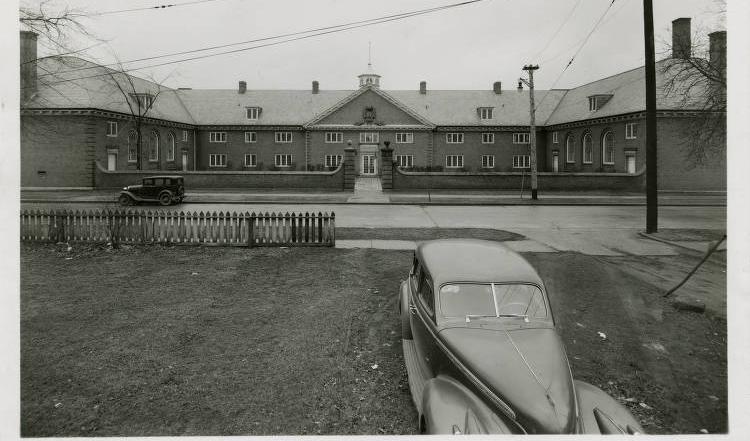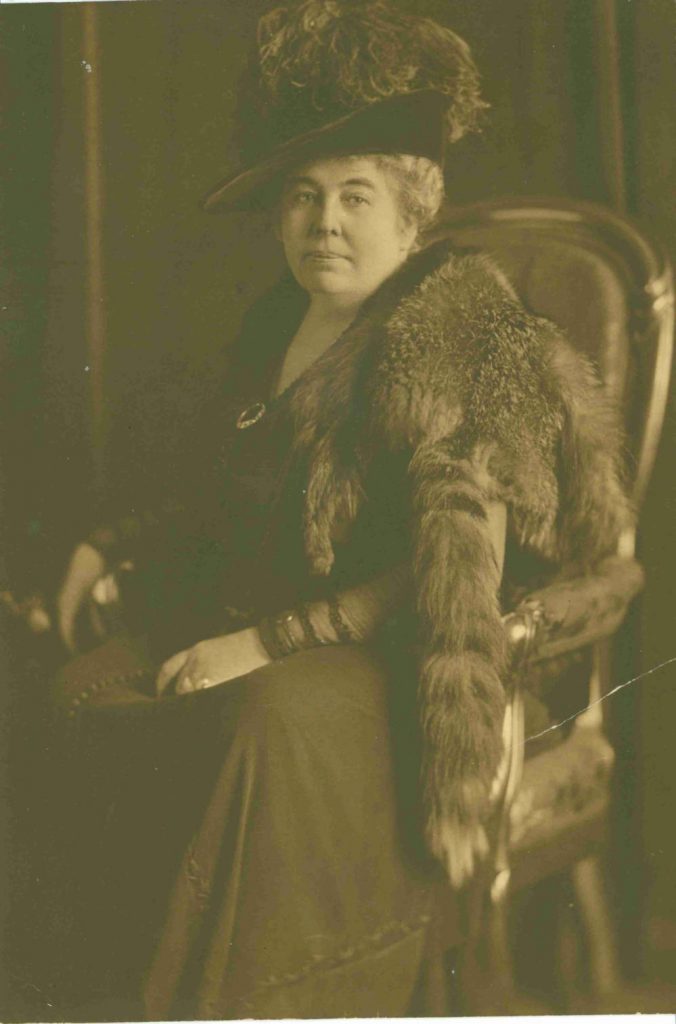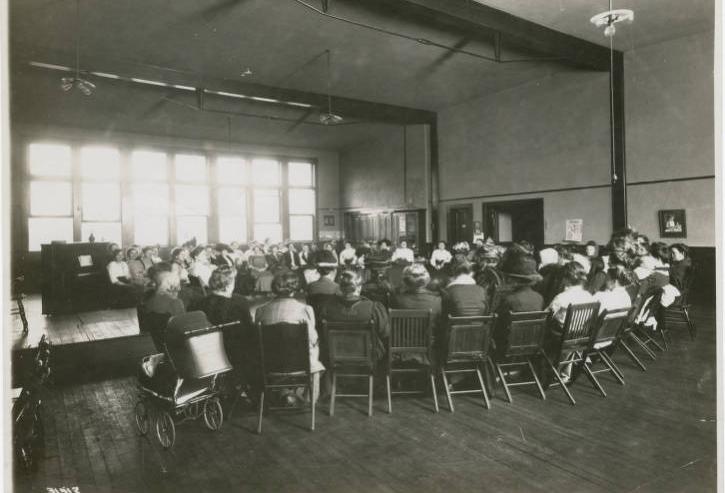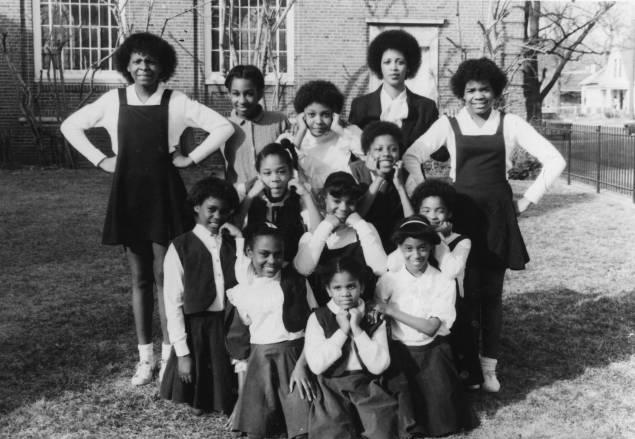In 1905, Butler University alumnae and urban missionaries Anna C. Stover (1870-1944) and Edith D. Surbey (ca. 1872-1972) began settlement work in a five-room house at 1718 Arsenal Avenue. Their vision was to build a center for education and recreation and raise both the moral and material standards of the immigrant working class in the Atlas neighborhood.

“Christamore: the College Settlement” attracted teachers and nurses into a community of women reformers. The Christamore Aid Society began in 1908 when founded an organization of young women to provide volunteer services and financial assistance. The Society raised funds and continued social work training.
The settlement moved to 1908-10 Columbia Avenue later, and then to a new 19-room building at 1806 East Columbia in 1909. By 1911 there were seven resident and six non-resident workers. Before the Indiana University School of Social Service was established, Christamore functioned as a “sociological laboratory” for and Indiana University students and was briefly known as a “Training School for Social Workers.” Residents conducted surveys and compiled data on urban conditions, contributing to such Progressive-era causes as housing reform, the Pure Milk campaign, and improved infant health.

Stover and Surbey resigned in 1911, and the settlement altered direction. Olive Edwards (director, 1915-1947) and Mary Stewart Carey (kindergarten teacher) downplayed the religious emphasis and developed Christamore into a community center with a dozen resident workers and 75 part-time workers. Activities included a kindergarten, clubs for boys and girls, a pure milk station, and a baby clinic. With the African American migration of World War I, Christamore’s board was forced to choose whether to integrate the settlement or relocate to continue its founding mission of serving the immigrant population of the city.
The settlement, renamed Christamore House relocated to the corner of Tremont and West Michigan streets in during the 1920s. Christamore served mainly immigrants until the 1950s when its clientele became predominantly African American. Funding came mostly through the .

Staff ended the practice of living at the settlement in the late 1950s.
Christamore serves a vital role in the Haughville community, with 14 school partnerships and community partnerships including Marian University and IUPUI. Programs encompass all ages of family members in Haughville. They include Family Strengthening, Senior Program at Christamore Court, Boxing Club, House of Teens, afterschool and summer programs for youth, an early childhood center, and a baby pantry.

The Christamore Aid Society, today called Christamore House Guild, is a separate nonprofit organization of over 300 active and associate members. It is the largest source of private funds donated to the Christamore House. Guild members are committed to voluntarism and fundraising in support of Christamore’s operations and the Frances Carter Coburn Scholarship, named for Frances Coburn (1906-1976), an Indianapolis attorney and past president of the Guild. The Coburn scholarship is awarded annually to students from the Christamore House community seeking higher education. Since 1981, the Frances Carter Coburn Scholarship has benefited over 1000 recipients and awarded nearly $2 million.
Known in 2020 as Christamore House Family and Community Center its annual revenue of approximately $1 million comes from the guild (special events), individual donations including United Way, program service revenue, and investment income.

Help improve this entry
Contribute information, offer corrections, suggest images.
You can also recommend new entries related to this topic.